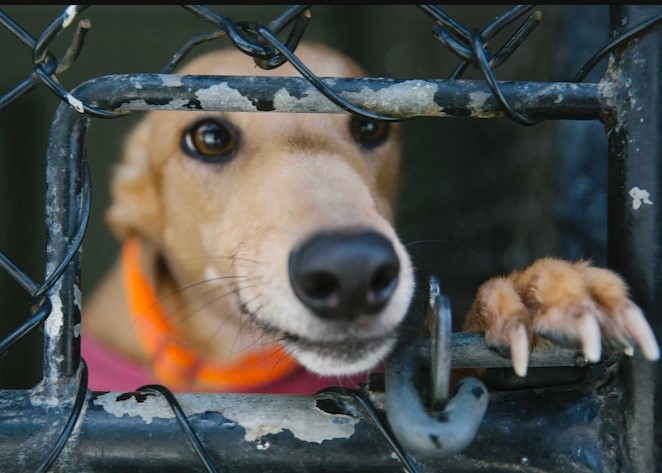Since 2015, when it was shown that horrific and cruel practices, such as live baiting, were common practice in the greyhound racing industry, states and territories have generally attempted to establish some kind of regulation of the industry.
Victoria, SA, WA and the Northern Territory do not have independent regulators responsible for animal welfare. This means that the state racing body is responsible for both regulation of the industry and its commercial development, promotion and marketing.
Even those states with independent regulators, are tasked with promoting a successful industry. This conflict is failing the greyhounds.
CPG is conducting a state-by-state assessment of the respective regulatory frameworks and their effectiveness in prioritising animal welfare and holding those who do not comply with requirements to account for their actions.
Please let us have any questions or feedback on the reports here.

Toolbar buttons at the bottom of the reports allow you to move between pages and zoom in or out. The pop out button on the right will open the report in a new window. You can also scroll through the report.
Racing Regulation: Queensland
Key findings include:
- Decisions inconsistent with community expectations – attitudinal research clearly shows that the community expects wrongdoers to be punished when they transgress animal welfare requirements.
- Inadequate welfare data – information regarding the retirement, rehoming, euthanasia, and death of greyhounds is significantly reliant on self-notification by owners and trainers.
- Lack of transparency – performance against greyhound racing rules and legal requirements is not made clear, denying Queenslanders the opportunity to assess the regulation of the greyhound racing industry.
If the report is not displayed below, click here to open it in a new window. From here you can also download the report as a .pdf.
Racing Regulation: South Australia
- Greyhound Racing SA (GRSA) routinely prioritises continuity of racing over implementing sanctions that might deter breaches of the rules by other industry participants.
- GRSA’s doping control program is antiquated and predictable, which makes it easy to plan doping programs around race days.
- Greyhound welfare plays second fiddle to marketing and commercial considerations.
Racing Regulation: Tasmania
Key findings include:
- Serious lack of regard for, or investment in, the welfare of greyhounds in the Tasmanian racing industry.
- Alarming lack of information in relation to doping controls within the Tasmanian racing industry.
- The Tasmanian government continues to ignore the findings of government-initiated inquiries and reviews identifying problems and recommending clear practices and initiatives to improve welfare.
If the report is not displayed below, click here to open it in a new window. From here you can also download the report as a .pdf.
Racing Regulation: Victoria
Key findings include:
- Poor regulation – self-regulation creates a conflict in an industry that must protect itself from reputational damage and bad press in
order to secure ongoing funding and attract more gamblers. - Decisions inconsistent with community expectations – attitudinal research clearly shows that the community expects wrongdoers to be punished when they transgress animal welfare requirements.
- Ineffective doping controls – the GRV doping control program relies largely on race day samples. This is an antiquated approach that is highly predictable and makes it easy for those wishing to avoid detection to plan their doping so their dogs are drug free on race days.
If the report is not displayed below, click here to open it in a new window. From here you can also download the report as a .pdf.